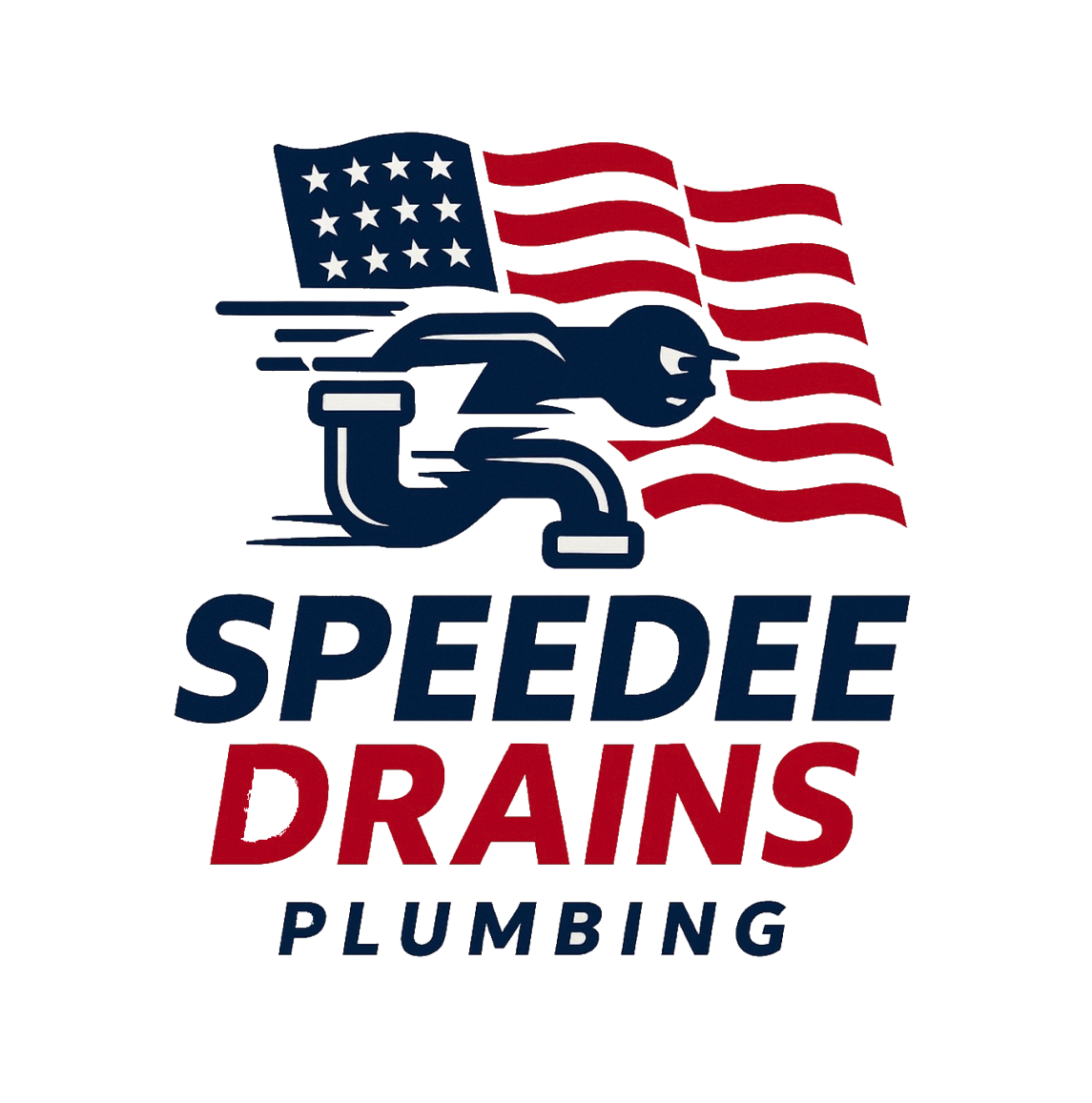Running Toilet Problems: How to Identify, Troubleshoot, and Fix
Few things are more frustrating than a toilet that won’t stop running. The sound of water constantly cycling isn’t just annoying—it wastes hundreds of gallons a day, raises water bills, and can signal worn or broken components inside the tank.
At Speedee Drains Plumbing Pros, serving Orange County and Los Angeles County, we specialize in residential and commercial plumbing services, including leak detection, drain cleaning, hydro jetting, and sewer line repairs. This guide will explain why toilets run continuously, how to troubleshoot the problem, and when to call a professional plumber.
1. Why a Running Toilet Is a Big Problem
A toilet that won’t stop running can cause:
- Water waste: A running toilet can waste up to 200 gallons per day.
- Higher water bills: Even a small leak adds hundreds of dollars annually.
- Hidden leaks: Constant flow stresses plumbing connections, leading to other leaks.
- Noise and disruption: The never-ending trickle is irritating and disruptive.
2. Common Causes of a Running Toilet
1. Faulty Flapper
The flapper is a rubber seal at the bottom of the tank that lifts when you flush. If it’s warped, cracked, or doesn’t seat properly, water continues flowing into the bowl.
2. Chain Problems
The chain connecting the flapper to the flush handle may be too tight or too loose, preventing the flapper from sealing.
3. Worn Fill Valve
The fill valve regulates how much water enters the tank. If it’s worn out, water may keep flowing even when the tank is full.
4. Float Issues
The float determines the water level in the tank. If set too high, water overflows into the overflow tube.
5. Cracked Overflow Tube
A damaged overflow tube lets water leak constantly into the bowl.
3. Troubleshooting a Running Toilet
Step 1: Check the Flapper
- Remove the tank lid.
- Flush and watch the flapper.
- If it doesn’t close completely or looks worn, replace it.
- Flappers are inexpensive and easy to install.
Step 2: Inspect the Chain
- Make sure the chain isn’t too short, keeping the flapper lifted.
- If too long, it may get caught under the flapper.
- Adjust the chain length so there’s a slight slack.
Step 3: Test the Fill Valve
- Flush the toilet and watch the water level.
- If the water rises above the overflow tube, the fill valve may need adjustment or replacement.
- Turn the adjustment screw to lower the water level.
Step 4: Check the Float
- Older toilets use a ball float; newer ones use a cup float.
- Bend the float arm slightly or adjust the clip to set the water level about one inch below the top of the overflow tube.
Step 5: Inspect the Overflow Tube
- Shine a flashlight inside the tank.
- Look for cracks or constant trickling into the tube.
- Replace the overflow assembly if damaged.
4. Preventing Future Toilet Problems
- Replace flappers every 3–5 years.
- Avoid using bleach tablets in the tank—they degrade rubber parts.
- Test for hidden leaks: Add food coloring to the tank; if it appears in the bowl without flushing, replace the flapper.
- Flush only human waste and toilet paper—other items stress components.
- Schedule annual plumbing inspections to keep toilets and other fixtures in good condition.
5. When to Call a Professional
Not all running toilets are simple DIY fixes.
Call a plumber if:
- You’ve replaced the flapper and adjusted the float, but the toilet still runs.
- The fill valve assembly is difficult to replace.
- Multiple toilets in your home are having the same issue.
- You notice water pooling at the base of the toilet—this indicates a different leak.
At Speedee Drains Plumbing Pros, we provide fast, reliable toilet repairs and leak detection services to stop running toilets and protect your plumbing system.
6. Running Toilets in Commercial Settings
Commercial restrooms face heavy daily use, making running toilets common.
- Causes: Worn flush valves, corroded parts, or overuse.
- Consequences: Thousands of gallons wasted daily, skyrocketing utility bills.
- Solutions: Regular maintenance, proactive part replacement, and commercial-grade components.
Businesses save money and avoid restroom downtime with scheduled plumbing services.
Final Thoughts
A running toilet may seem like a small issue, but it wastes water, increases bills, and points to worn or broken parts inside the tank. By inspecting the flapper, chain, fill valve, float, and overflow tube, you can often fix the problem yourself. For stubborn issues, professional service ensures a lasting solution.
At Speedee Drains Plumbing Pros, we proudly serve Orange County and Los Angeles County with expert residential and commercial plumbing services, specializing in drain cleaning, leak detection, hydro jetting, and sewer line repairs. Whether you need a toilet repair, leak inspection, or full plumbing service, our team delivers dependable results you can trust.
